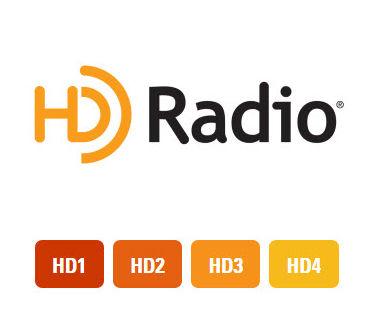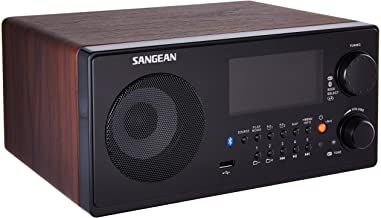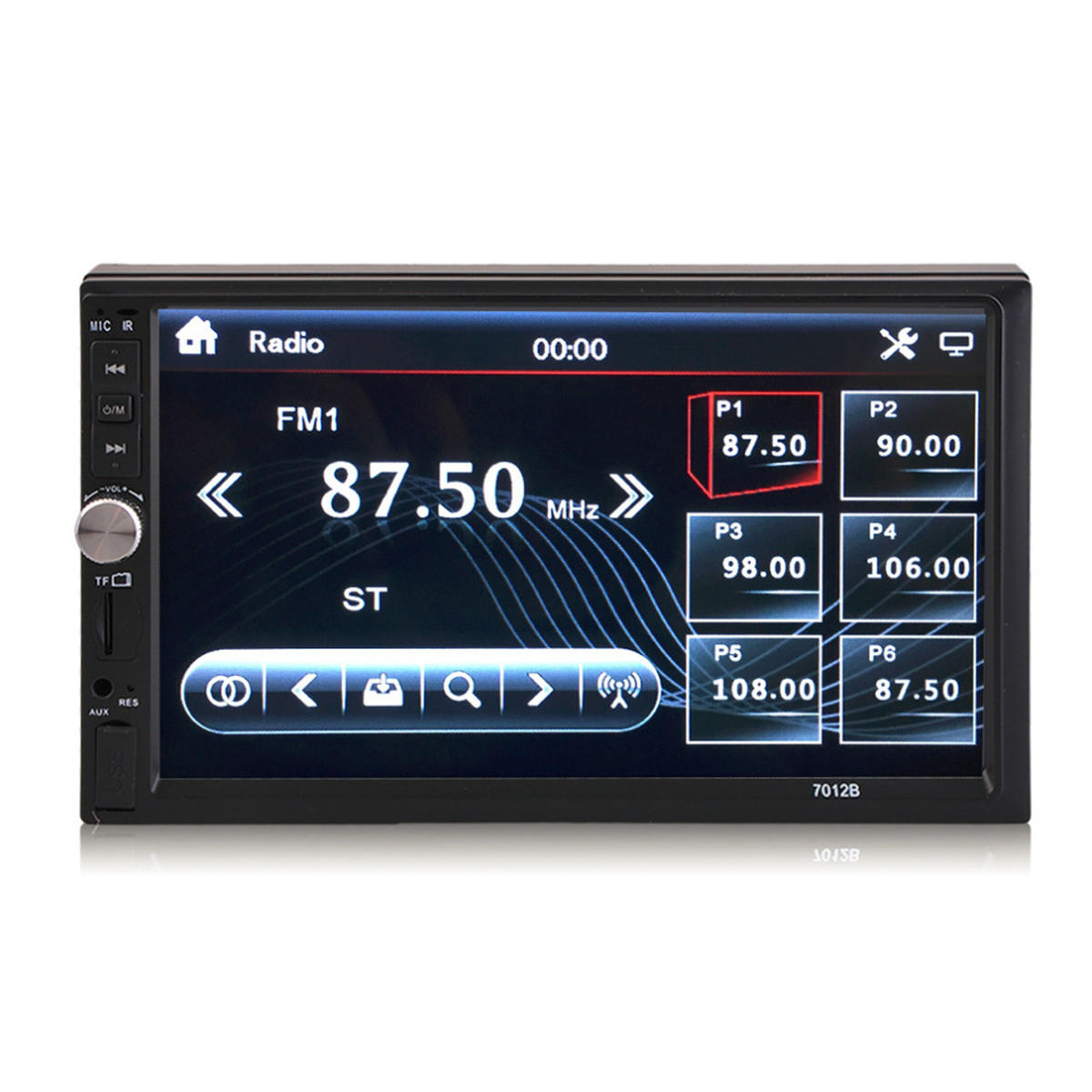by Terri Reddout
Sure, we all know about digital radio. That’s what XM and Sirius satellite radio is all about. That ability to get satellite radio is built into almost every new car today.
But there’s another type of digital radio signal out there that won’t cost you a cent. Although, you’re going to have to buy a new radio to get it.

In 2018, the Federal Communication Commission (FCC) approved a digital radio signal platform that all U.S. radio stations will convert to within the next few years. It’s called HD Radio. The digital signal will be broadcast alongside the current analog signal on the same frequency.
This digital signal means no more scratchy, static-y signals on AM stations. It will have text features so, if you want to know the name of the song the answer will be right in front you.
HD Radio makes it possible for stations to run side channels like Pride Radio, ESPN Deportes and Mother Trucker Radio.

But, in order to get HD radio to work, you may have to buy a HD radio to pick up the signal. That’s good news for radio manufacturers. It’s estimated 2.5 billion radio receivers will have to be replaced.
Fortunately, if you’re buying a new car, an HD radio will come as standard equipment in over 100 models. Over 40 percent of cars sold since 2016 have HD radios.

In addition to getting a clearer signal, broadcasting digitally will take about 1/5 of the energy it takes to broadcast an analog signal. That’s good news for the environment but it also means broadcasters can put out more signals with a much lower energy bill.
But Terri, isn’t radio dying?
Actually, over the years radio has reinvented itself over and over again and somehow survived. Here’s some interesting stats from the Pew Research Center Audio and Podcasting Fact Sheet
- In the last week, 89 percent of people over the age of 12 have listened to terrestrial (AM/FM not satellite). That percentage has remained pretty steady over the last decade.
- Over half of us (60%) listened to on-line radio in the last week. That’s up from under 25 percent back in 2008.
- News/talk/information is the most listened to format. Pop contemporary hit radio is second.
- Over 32% of us have listened to a podcast in the last month. That’s up from 9 percent back in 2008 and 26% in 2018.
Reinventing radio… again…
The days of your local radio station transmitting a signal and expecting to make a profit are gone. Gordon Borrell of Borrell Associates, says local stations have to go beyond the signal and include the web, social media and other digital media as places to sell ads. competitors.
The outgoing CEO for KQED, a public radio station in San Francisco seems to echo Borrell’s ideas.
Current Magazine interviewed John Boland, the former CEO of KQED, when he retired. His proudest achievement was diversifying how the radio station reached its customers. “Our audiences needed KQED to deliver content on mobile, social and other online media in addition to radio and TV. They also needed someone to step up and fill the void left by the decline of our local newspapers,” Boland said.
A couple of years ago I wrote about how a new thing called Performance Theaters might help radio reinvent itself.
The idea was to open small music theaters for 50 to 200 people. The radio station would book music artists into the theaters. Then they would invite some of their audience to actually sit within a few feet of the musicians while they performed. These sessions be broadcast over the radio and via FBLive feeds. The radio station’s new emphasis would be connecting the audience in a more intimate way with big acts and new, local acts, while generating advertising revenues.
That was three years ago. I haven’t found any updated info on this idea. The Portland, Oregon market seemed to be pioneering the idea. I’d love to hear if the idea is working out.
Your assignment
While I’m more confused about the future of radio than I was when I first wrote this blog, there is one thing I do know. Radio needs, wants, desires you and your younger brothers, sisters, cousins and friends to find radio again.
I found these several articles about what radio is trying to do to bring you back to the airwaves.
Read these articles or do your own research. Talk with your friends. Talk with people younger than you. (Talking to others counts as research.) What do you think radio should do get Millennials and Gen Z’ers tuning back in?
- WWRS 2018: Gen Zers, Millennials Use Radio On Their Terms
- New Study Spotlights Gen Z’s Unique Music Consumption Habit
- Radio, Millennials and Generation Z
- Gen Z, Millennials Love Streaming Audio, but Discovery and Listening Habits Vary, Says CTA
- Radio Show: Gen Z Offers Radio Some Sound Advice
- Performance Theaters Bring Listeners, Brands Together
- 10 points for your ideas for getting yours and the next generation back to radio
- 5 points for links to research that backs up your idea or the names and ages of the people you talked to to get ideas
- 10 points for leaving substantive comments on at least two classmate’s posts before the deadline.
Post your answers to the Blog#:TuningInRadio discussion board by July 22 at 6 p.m.